In my time working as an illustrator in gaming and as a concept artist in video games, I’ve encountered many different styles of assignment prompts. The most effective I’ve seen is the Magic: the Gathering system.
Magic is fine-tuned for a very short pipeline. They commission so many paintings each year that there is almost no time for a feedback cycle, which means the art directors must be extremely skilled at picking the right artist for each description, and that as an artist, you retain a lot of responsibility to know the universe and understand why you have been assigned a particular card.
The fulcrum of it all, from the gameplay idea to the finished illustration, is the prompt. This is the description of an entire universe, boiled down to its essences. As an illustrator for Magic you are given a styleguide for visual information to use, but you are also being thrown into the deep end of self-motivation. The art director has very little time to hold your hand through the process and will not hire you before being confident that you can deliver, and you are mainly left on your own to understand the source material and the goals of the prompt.
All of this makes for a prompt that carries a whole lot of information in a small package. Magic prompts are works of art in themselves; they must rely on styleguides for design specifics, but before any worldbuilding trappings, they have to work as emotional and narrative moments. And they have to work in an art ecosystem that functions on very little interactive direction.
In my time as a teacher, I’ve found that the structure of the Magic prompt is a wonderful way to focus any personal project. I provide prompts written in the Magic format as class assignments, but many students have their own ideas and personal projects they want to paint. In helping them condense their ideas into a form that can be translated to a single visual image, I push them to write prompts for themselves. Here the strengths of the Magic format really shine. It’s an incredibly powerful way to filter large worldbuilding ideas into a single still image.
Here’s how a Magic prompt breaks down, and how it can translate to a personal project.
1. Technical information (size/aspect ratio, due date)
The nitty-gritty, basic information regarding how you intend to print it and when you need to finish it.
2. Setting
Very broad idea of the context of the illustration. This could be interpreted to mean genre and cultural inspiration, continent, country, kingdom, floating university in the sky, or whatever, depending on your type of project and how much worldbuilding you’ve done. There’s another section coming up for more detail about the actual location to depict, if important to your narrative for the piece.
3. Color (and card type)
In Magic, this section gives you an idea of what kind of color scheme and composition to have in mind, but more than that it carries information about the emotional tone the card should have and what type of illustration it will be. Each color in the game has its own philosophy and style of play, and the card type tells you whether this is an environment piece, a still life style painting of an object, a character/creature-focused piece, or a magic spell. For a personal piece, rather than deciding on a color with gameplay implications, we can state the emotional atmosphere of the story, character, environment, or object you want to paint. This seems much simpler than it is. If you’ve written mainly worldbuilding information like countries and their political entanglements, you’ll need to work out the overall tone of the broad setting (is it an individualistic, chaotic culture? A festering kingdom of simmering resentment? A calm and scholarly society? These are things that Color covers in the universe of Magic).
4: Location
This is where the setting is described in more concrete detail and linked to a styleguide section, if important. Indoor or outdoor? Forest or desert? Day or night? You can leave this open unless you have specific narrative reasons for a choice, such as depicting a vampire, which requires a nighttime or indoor scene. Leaving it open allows you to make your decisions based on your composition and whether or not you want to paint architecture, foliage, rocks, etc.
4. Action
A short paragraph describing what should be shown in the illustration (or some suggested options if more open-ended.) This is the literal contents that must be shown. If it’s a character-focused piece there might be a physical description with a reference to a faction or guild or culture in the Magic styleguide for the set. As a direction for a personal piece, this is where you put such information as: What should this character, place, or object look like? What visual metaphors should be included? Are there important symbols to feature? This is where you bring in more of your detailed world-building or inspiration-gathering.
5. Focus
Visually and narratively, this is the most important aspect of the painting. The obvious focal point, regardless of whether or not you include second- and third-read narrative or symbolic elements.
6. Mood
This one is SO important! Often in a Magic description, this one takes the form of a sentence of dialogue or story rather than a simple description. I also use Keywords to augment this callout. This is the section I refer to when making all decisions as I work out my composition, and check back on throughout the painting process. It is the mantra I repeat for the duration of the painting process. I often make music playlists based on the Mood callout, to play as I paint and really steep myself in the feeling.
______________________
Here are a couple samples of my class prompts. I designed the first one as a traditional Magic style prompt, and the second as an exercise to force the student to pare down a wide open field of ideas and settle on one to paint. You are welcome to paint from these prompts if you want to!
______________________
Art Title: Nature’s Aegis
Size: 3334 x 2449 pixels
Art Description:
Setting: Not Setting Specific
Color: Green Spell
Location: A lush forest
Action: Show a masterful mage gathering the power of nature around him or herself like a cloak. The mage could be old or young, but should look confident and serene.
Focus: The mage and the cloak
Mood: I am at one with the forest, and the forest will care for and protect me.
______________________
Art Title: Dragon Token
Size: 3334 x 3010 pixels
Art Description:
Setting: Not Setting Specific
Color: Your choice of color, creature card. For your reference, here is an article about the personalities of the Magic colors and combinations: https://medium.com/s/story/the-mtg-color-wheel-c9700a7cf36d
Location: Unimportant
Action: Show a dragon among a flight of dragons. They can be any kind of dragon, so long as they clearly have wings. Black/white vampire dragons with gold streaks in their scales? Green dragons, nature gods summoned to protect an imperiled planet? Red dragons, emerging from a riot of roiling flames, looking for something else to burn? White/blue dragons literally made of castles brought to life? Blue/red dragons that live underwater as rulers of a merfolk race?
Focus: One dragon amongst the flight of dragons
Mood: Awe – reverential respect mixed with fear or wonder.
______________________
And finally – here’s a blank version you can copy/paste to write your own!
______________________
Art Title:
Size:
Sketch Due:
Final Due:
Art Description
Setting:
Color/Type (or Emotional Atmosphere/Type):
Location:
Action:
Focus:
Mood:
______________________
I hope this format can help you condense your big ideas into an art description that you can hone into a single illustration. The most important things to remember when trying to translate your personal projects to a visual format, are the theme and emotional impact, which are covered by the Color and Mood callouts. The specific characters and objects shown are secondary to these ideas; if the main theme of your story is environmental, then your image might not need a character. If the main theme is personified by the main character, then that character should be in your image, but it might be fitting to show them without showing their face in order to preserve a more anonymous appeal, or front-on to show their racial background explicitly. It all depends on your overall goals for the universe of your design or your publisher’s ideas of how to sell the idea to a particular audience.
The personal project I’m currently obsessed with is musically-based, and I must now go play guitar. I hope this Magic framework can help you sift your own ideas for the visual gold!



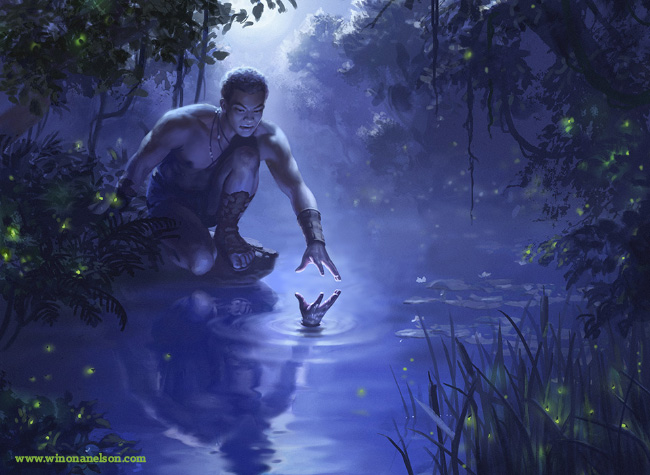

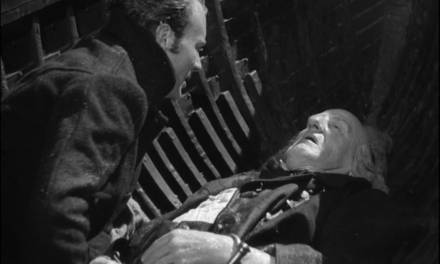
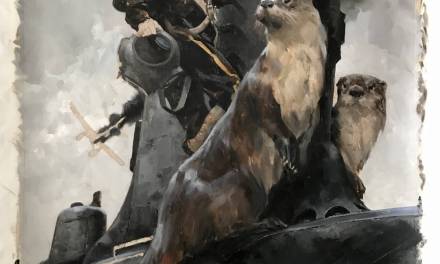
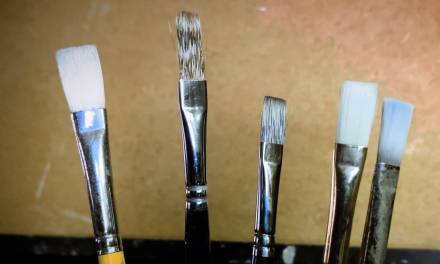
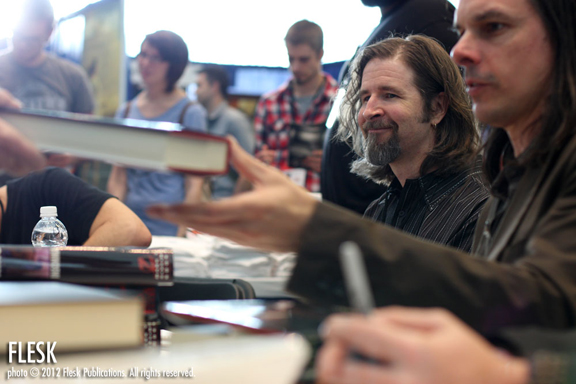

Wow! This is a game changer! I’ve never been given a professional assignment and I’ve always shied away from larger personal projects because i always had a struggle with knowing what info was the most important for the picture. The beginning part of giving myself a prompt was so ambiguous that I mostly stuck with quick sketches and rarely branched out to large scale paintings.This is such a nice way to give structure to a step I see mentioned but never explained and I felt it was something only your gut could tell you. your descriptions have given me more inspiration than any random generator ever has.
This is a solution to an intangible problem I always faced but never had the words to ask and never knew was a process for! Its exciting to finally have a structure to something I thought couldn’t be explained. I can’t thank you enough!
Ah, I’m so glad you found it inspiring!
Super useful, thanks for sharing! Sounds like a great way to give structure and focus to an artwork. I’m going to give it a go, hopefully it will lead to more finished pieces.
I hope so too! Go go go!
This is such valuable information! Thanks so much Nonie!
Happy to share, Ben!
Thank you for all of these informations, this is gold!! It’s really inspiring and I will try yo use your prompts for future training. There’s only one thing that really confuse me: how can I write a prompt for exercising, as an illustrator, without already have in mind the final image? I mean, when I think about a new illustration my mind already imagine what it will be to look like. How can I write a prompt to myself keeping the freedom to imagine like I’m reading a prompt made by another person? I really hope I explain myself, I’m so terrible with english 😀
Kjøp ekte og registrert førerkort fra nettsiden vår uten å skrive eksamen eller ta praksisprøven. alt vi trenger er opplysningene dine, og de vil bli registrert i systemet innen de neste åtte dagene. kjøp førerkort belgia, kjøp førerkort belgia, kjøp førerkort i nederland, førerkort b belgia, kjøp førerkort med registrering.
Well I tried this paleo pizza crust. First problem is that I do NOT have a vitamix so my blender was useless. Second thing I tried was to use my immersion blender which caused it to burn out. I really liked the texture of this after I put in the coconut flour but it is almost impossible to get your things clean after. I have the crust in the oven now and it is almost done. When do you put on the fixings? Can this be frozen and then taken out and stuff added. I should add that I am not a baker. I have never made a pizza crust in my life nor do I bake but I really liked rolling this out and the as I said was wonderful and fun.
skutečný řidičský průkaz a registrovaní na našich webových stránkách, aniž byste museli skládat jakoukoli zkoušku nebo absolvovat praktický test. vše, co potřebujeme, jsou vaše údaje a během příštích osmi dnů budou zaznamenány v systému. Řidičský průkaz musí projít stejným registračním řízením jako průkaz vydávaný v autoškolách,